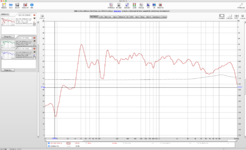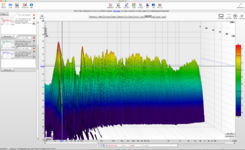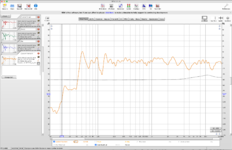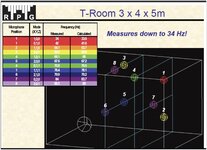ClassicalGuitarGuy
New member
Hi,
I have a small homestudio in which I mostly record classical music (but also mobil in other places), mostly classical guitar.
My Studio Monitors are Neumann KH120 and I use a RME Fireface UFX.
I recently measured my Room and as you can see, the results are not so good...
The main issues in my opinion are the modes at 50 Hz and the gap at 114 Hz. Do you have any ideas to solve these? I know that the mode at 50 Hz is not easy to deal with.
Because I don't have to deal with deep frequencies most of the time, the Gap at 114 Hz bothers me the most... Is there a possibility to solve this (maybe just a bit) by putting the output signal of my RME through an external EQ?
I hope to get some helpful answers..
I have a small homestudio in which I mostly record classical music (but also mobil in other places), mostly classical guitar.
My Studio Monitors are Neumann KH120 and I use a RME Fireface UFX.
I recently measured my Room and as you can see, the results are not so good...
The main issues in my opinion are the modes at 50 Hz and the gap at 114 Hz. Do you have any ideas to solve these? I know that the mode at 50 Hz is not easy to deal with.
Because I don't have to deal with deep frequencies most of the time, the Gap at 114 Hz bothers me the most... Is there a possibility to solve this (maybe just a bit) by putting the output signal of my RME through an external EQ?
I hope to get some helpful answers..




